Comments / Questions (3)
![]() Nicole wrote:
Nicole wrote:
Good day, can this pattern be done with Eskimo yarn? Thank you
03.07.2019 - 13:00DROPS Design answered:
Dear Nicole, due to the tension, you should either work with 3 strands yarn group A (as Alpaca) or 1 strand group A + 1 strand group C (make sure you use yarn that can be felted). You'll find mittens with Eskimo but these are not felted. Happy knitting!
03.07.2019 - 13:35
![]() Ulli wrote:
Ulli wrote:
Hallo, ich möchte gerne wissen, wieviel diese Handschuhe wiegen. Wenn ich sie mit nur einer Farbe (auch mit 3 Fäden) stricken würde, benötige ich dann auch 300 g? Vielen Dank für die Antwort.
05.11.2018 - 11:30DROPS Design answered:
Liebe Ulli, dafür haben wir leider keine Erfahrung, da diese Handschuhen mit 3 verschiedenen Farben gestrickt werden. Mehr persönnliche Hilfen bekommen Sie von Ihrem DROPS Laden, auch telefonisch oder per E-mail. Viel Spaß beim stricken!
05.11.2018 - 13:26
![]() Jenny wrote:
Jenny wrote:
I love these!!!
29.07.2018 - 18:44
Gingersnaps#gingersnapsmittens |
|
 |
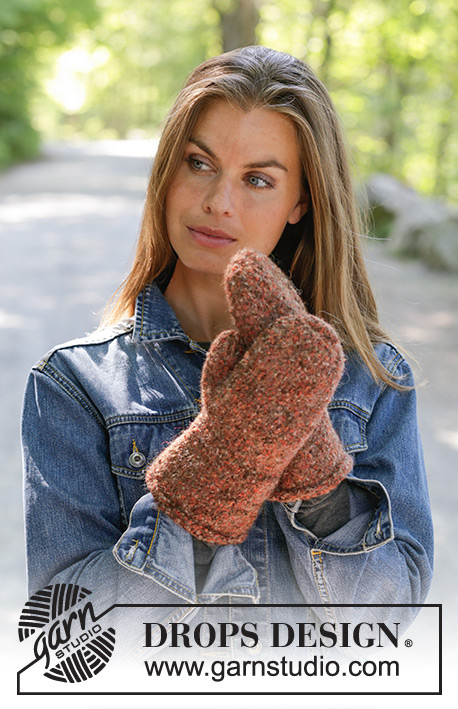 |
Knitted and felted mittens in 3 strands DROPS Alpaca.
DROPS 192-25 |
|
|
EXPLANATIONS FOR THE PATTERN: ------------------------------------------------------- DECREASE TIP (evenly spaced): To work out how to decrease evenly, count the total number of stitches on the needles (e.g. 52 stitches) and divide by the number of decreases to be made (e.g. 8) = 6.5. In this example, decrease by alternately knitting together each 5th and 6th stitch and each 6th and 7th stitch. INCREASE TIP: Increase 1 stitch by working 2 stitches in the same stitch (knit in front and back loop). ------------------------------------------------------- START THE PIECE HERE: ------------------------------------------------------- MITTENS - SHORT OVERVIEW OF THE PIECE: The piece is worked in the round with double pointed needles bottom up, towards the tip of the mitten. MITTEN: Cast on 52-52-56 stitches with double pointed needles size 5.5 mm and 1 strand of each colour (= 3 strands). The whole mitten is worked in stocking stitch - REMEMBER THE KNITTING TENSION! When the piece measures 8-9-10 cm decrease 8 stitches evenly on next round – read DECREASE TIP = 44-44-48 stitches. Continue working until the piece measures 14-15-16 cm. On the next round decrease 6-6-8 stitches evenly on round = 38-38-40 stitches. When the piece measures 15-16-17 cm insert 1 marker in the 19th-19th-20th stitch on the round (= mark for thumb). On the next round increase 1 stitch on each side of the stitch with the marker – read INCREASE TIP. Increase like this on the outside of the increased stitches every 2nd round a total of 4-4-5 times = 46-46-50 stitches. After the last increase, place the increased stitches + the stitch with the marker + 1 stitch on each side of these stitches on a thread for thumb = 11-11-13 thumb-stitches. Cast on 3 stitches behind the thumb-stitches = 38-38-40 stitches. The piece measures approx. 21-23-25 cm. Continue with stocking stitch in the round. When the piece measures 36-38-42 cm work all stitches together 2 and 2 = 19-19-20 stitches. When the piece measures 38-40-44 cm work all stitches together 2 and 2 one more time (where the number of stitches doesn’t fit, knit the last stitch) = 10-10-10 stitches. Cut the strand, pull it through the remaining stitches, pull tight and fasten well. THUMB: Place the 11-11-13 thumb-stitches on double pointed needles size 5.5 mm and knit up 5 stitches in the 3 increased stitches on the hand (i.e. knit up both in the stitches and between the stitches) = 16-16-18 stitches. Work stocking stitch in the round. When the thumb measures approx. 6-6-6½ cm from where it was divided from the mitten, decrease 4-4-6 stitches evenly on round = 12 stitches. Work 2 rounds. On the next round decrease 4 stitches evenly on round = 8 stitches. When the piece measures 8½-8½-9 cm work all stitches together 2 and 2 = 4 stitches. Cut the strand, pull it through the remaining stitches, pull tight and fasten well. Work one more mitten in the same way. FELTING: So that the thumb does not felt together, turn the mittens inside-out and put a small plastic bag in the thumb. Fasten with a safety pin - NOTE: Fasten the pin vertically towards the tip of the thumb so that it is easy to remove after felting. Turn the mitten inside-out again so that it is felted with the right side out. Place the mittens in washing machine using a detergent without enzymes and optic bleaches. Wash at 40 degrees with normal centrifuge and without pre-wash. After washing, shape the mittens to the right measurements while still wet. Later washes are as for a normal wool garment. AFTER FELTING: If the piece is not felted enough and is too big: Wash the piece one more time in the washing machine while it is still wet add a terry towel that measures approx. 50 x 70 cm - NOTE: Do not use a short program. If the piece has been felted too much and is too small: While the piece is still wet stretch it to the correct measurements, if the piece is dry, make sure to soak it first. Remember: All subsequent washes are as a normal wool garment. |
|
Have you finished this pattern?Tag your pictures with #dropspattern #gingersnapsmittens or submit them to the #dropsfan gallery. Do you need help with this pattern?You'll find 9 tutorial videos, a Comments/Questions area and more by visiting the pattern on garnstudio.com. © 1982-2025 DROPS Design A/S. We reserve all rights. This document, including all its sub-sections, has copyrights. Read more about what you can do with our patterns at the bottom of each pattern on our site. |
|







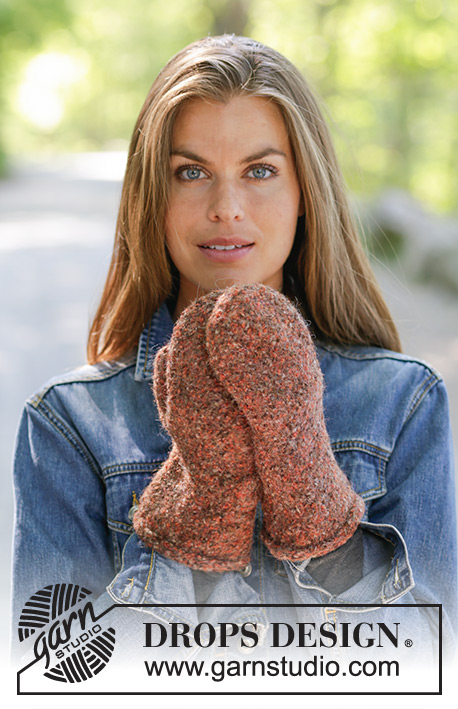


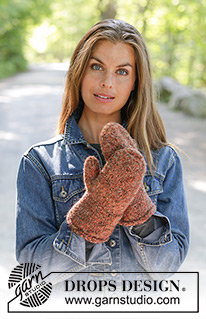

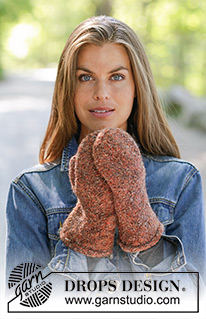

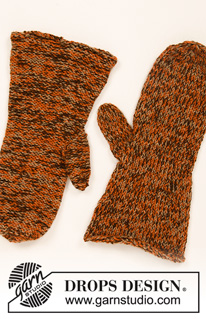








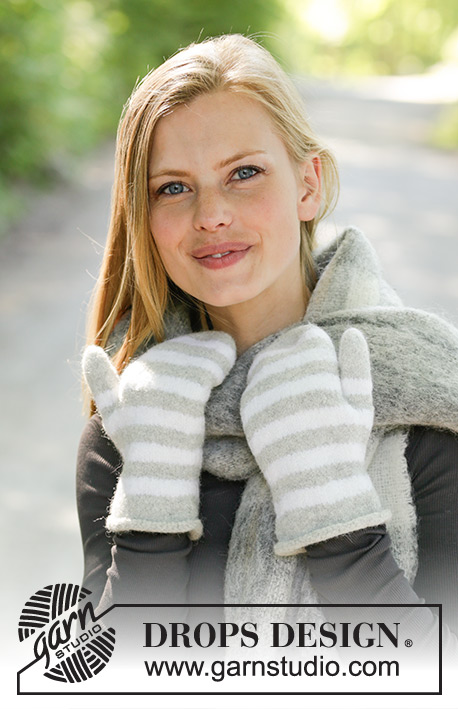












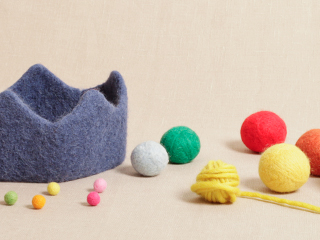














Post a comment to pattern DROPS 192-25
We would love to hear what you have to say about this pattern!
If you want to leave a question, please make sure you select the correct category in the form below, to speed up the answering process. Required fields are marked *.